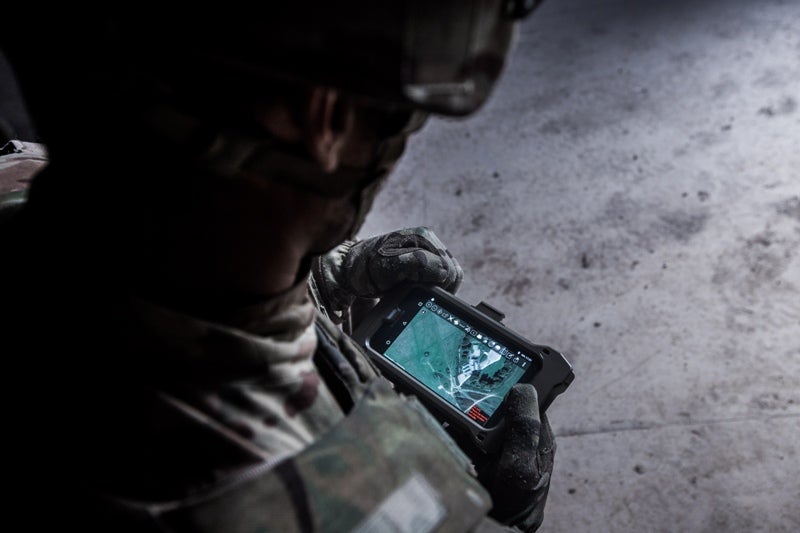
British Royal Marines from the 40 Commando unit have experimented with new technology during the Commando Warrior Two exercise, as the UK pushes towards a future commando force.
The central theme of the UK future commando force is to experiment with how Royal Marines will operate on the battlefields of the future, while learning from the past.

Discover B2B Marketing That Performs
Combine business intelligence and editorial excellence to reach engaged professionals across 36 leading media platforms.
Commando Warrior Two is part of a series of exercises planned to take place this year with a focus on the evolution of the Royal Marines and the kit they use.
40 Commando Bravo Company commanding officer major Jack Anrude said: “Commando Warrior Two is the second phase of an exercise series where we are looking at future commando force as a concept.
“We’re going back to our origins as a commando and the operations they conducted. Right at the epicentre of the commando ethos is commando mindset – we’re first to understand, we’re the first to adapt and the first to overcome.”
40 Commando marines took part in a two-week mission on Salisbury Plain to work on stealthy tactics on urban and rural assaults.

US Tariffs are shifting - will you react or anticipate?
Don’t let policy changes catch you off guard. Stay proactive with real-time data and expert analysis.
By GlobalDataLast month, Royal Marines used autonomous vehicles for the first time during tactical action as part of Exercise Commando Warrior.
The latest iteration involved the use of dismounted situational awareness pads, as well as a ruggedised tablet that provides access to footage from a combination of unmanned aerial vehicles feeds and GPS overlays.
In addition, Royal Marines used specialist radios designed to enhance commandos’ ability to communicate during battle.
Anrude added: “Following the successes of Commando Warrior One and Two we are now fine-tuning how we best use that equipment, looking at introducing unmanned aerial systems, mobility assets and cutting-edge communication technology to make sure we are the most efficient on the battlefield.”
During Commando Warrior Two, 40 Commando’s fighting companies engaged in force-on-force battle.
The exercise involved commandos fighting through villages held by ‘a seemingly superior force’ and blowing up ‘enemy’ bridges.
One of the teams played the role of local civilians in urban areas. The scenario allowed the commandos to prepare for future situations they could encounter.
The Marines intend to test more technologies during Commando Warrior Three.





